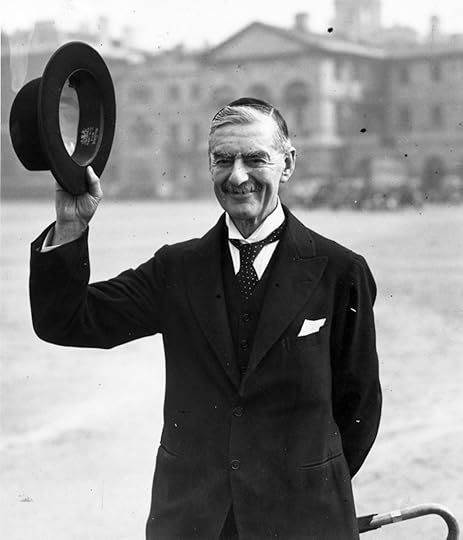Why Darren Sammy is the greatest bowler of all time

Mr Chamberlain: a believer in moustachioed men being all-round good eggs
© Getty Images
After a prolonged sabbatical spent worrying about its future whilst watching its younger siblings charge around like banshees, Test cricket roared back into life with a low-scoring thriller between West Indies and Pakistan. Admittedly, that roar raised the age-old philosophical question: if something roars in an empty cricket stadium, and no one is there to hear it, does it still make a noise?
It was a gripping match of 19th-century-style scoring, played out in front of a 17th-century-style crowd, in a 21st-century-style stadium – nicely made but pointlessly remote. One day, a high-ranking scientist or Nobel Prize-winning genius will work out on a high-powered computer that if you build soulless modern stadiums, without history or character, far from civilisation, you may on occasion struggle to attract crowds to watch cricket in them. It will take a brain of formidable power to reach this conclusion, a thinker of rare perspicacity, who is prepared not only to think outside the box, but to set fire to the box whilst his head is still inside it to accelerate the thought process.
Low-scoring games have provided some of cricket's all-time classics, from the umbrella-chewing mayhem of The Oval in 1882, when the 19th-century proto-Lillee, Fred Spofforth, demonised the Ashes into existence with brilliant bowling and an intimidating moustache, to England's back-from-the-dead-but-with-hindsight-still-feeling-quite-ill World Cup group win over South Africa in Chennai in March.
Misbah's 52 was the highest score in the Providence Test (which itself sounds like something the cricket community should insist wealthy tycoons pass before being allowed to land at Lord's in a helicopter with a Perspex box full of cash). This is the sixth-lowest highest score, if that makes sense, in a completed Test match since the First World War, and enabled the game to narrowly avoid becoming only the third Test since the Second World War to produce a positive result without featuring any half-centuries.
The previous fifty-free Test was in Hamilton in December 2002, when New Zealand dismissed an Indian batting line-up containing Sehwag, Dravid, Tendulkar, Ganguly and Laxman for 99 and 154, with Daryl Tuffey taking 8 for 53 in the match. It seems scarcely conceivable now, and that sentence might read as if it has been generated by a seriously malfunctioning internet automatic translation programme trying to convert a Swedish recipe for salmon fishcakes into English, but it is in fact 100% true.
Before that, there had only been one other such match since before Neville Chamberlain was waving his piece of paper around, declaring "peace in our time" – a declaration that now looks dodgier than Hansie Cronje's at the Centurion Test in January 2000, and proves that there was a precedent for high-ranking English officials being duped by confident men with moustaches long before the Stanford debacle. The game in question was Edgbaston 1981, when Botham swung England to victory by marmalising Australia's tail, spreading them on toast, and eating them in one mouthful, with 5 for 1 in five overs of legend-solidifying brilliance.
Published on May 18, 2011 00:53
No comments have been added yet.
Andy Zaltzman's Blog
- Andy Zaltzman's profile
- 12 followers
Andy Zaltzman isn't a Goodreads Author
(yet),
but they
do have a blog,
so here are some recent posts imported from
their feed.



